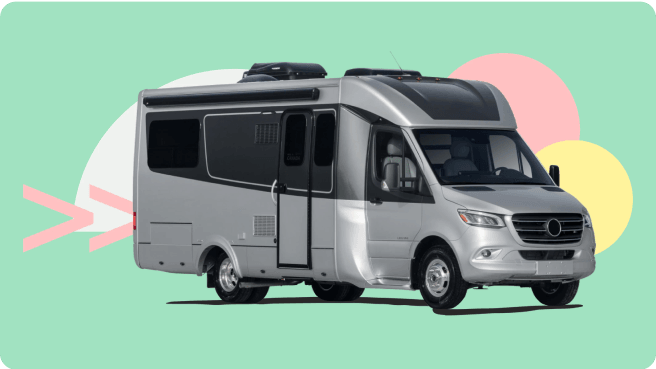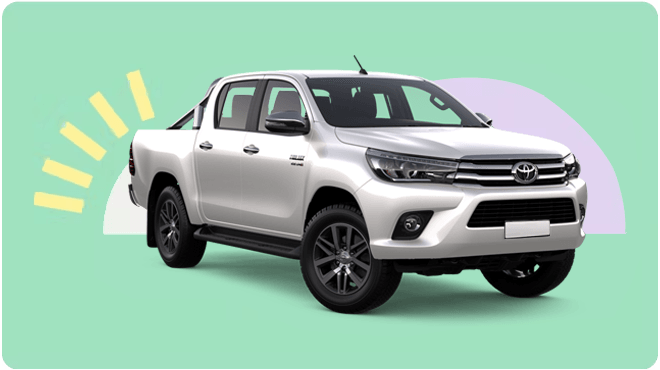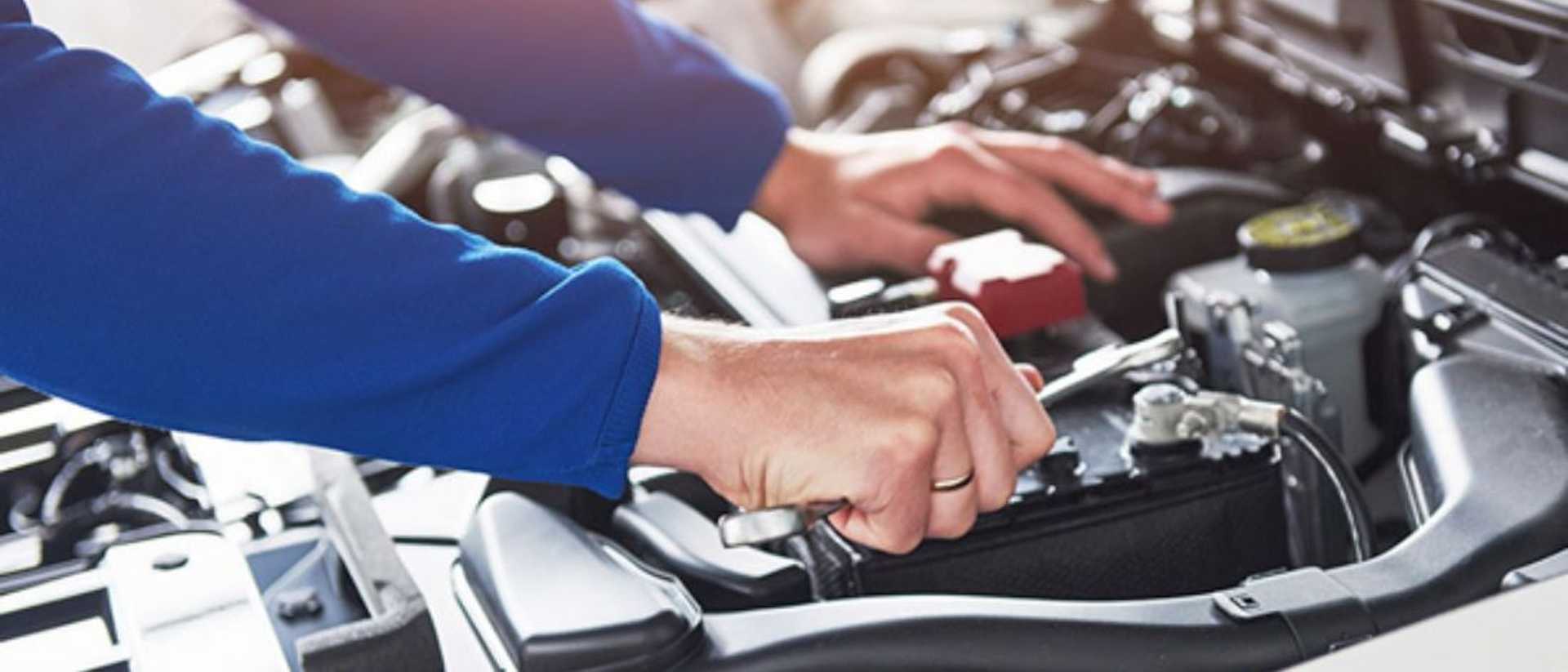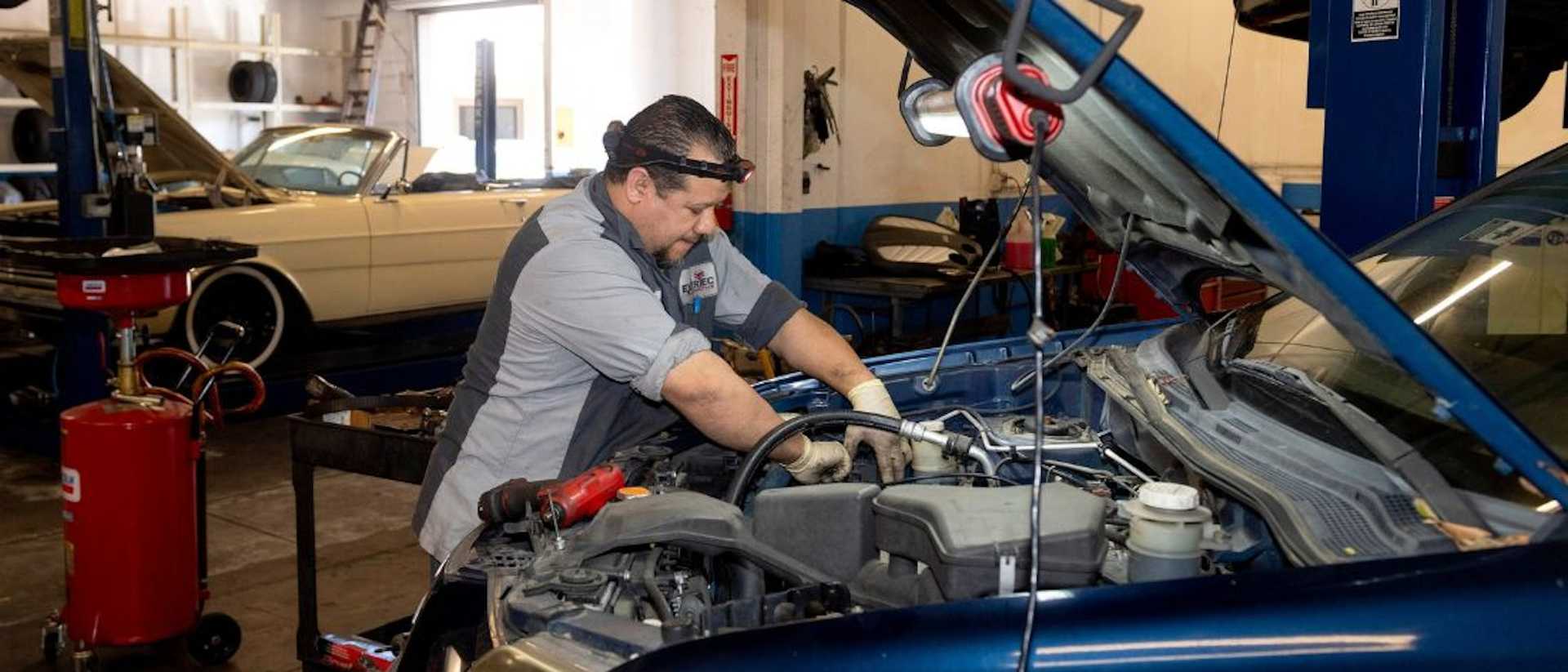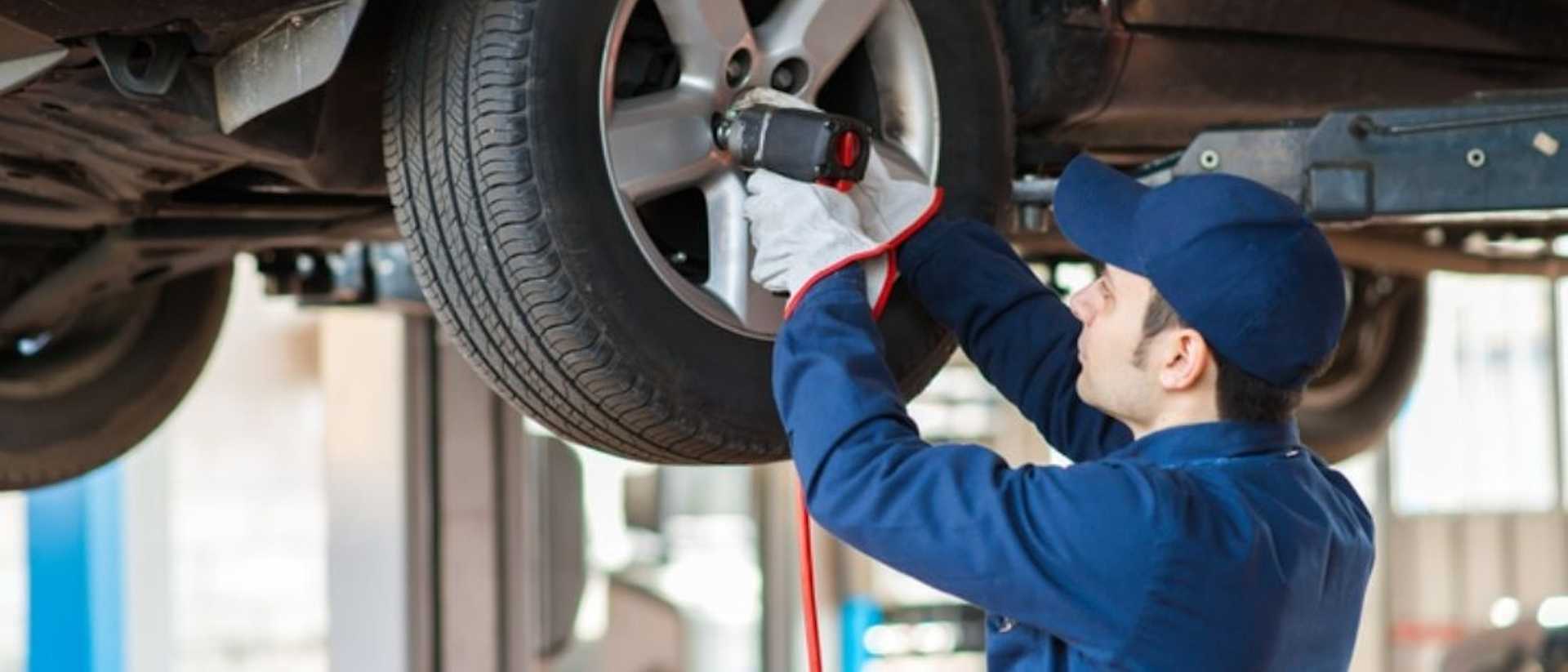Buying A Used Car - A Complete Guide

Buying a used car checklist
1. Consider your budget and needs
The first step when it comes to financing a used car is to work out how much you can afford to spend on it. It can be a good idea to have a set limit in mind before you start shopping, so you don’t accidentally spend more than you can afford. If you’re looking to get car finance, it can be wise to work out how much you can afford to spend monthly in loan repayments (check out Driva’s car loan calculator to get an idea of how much a loan could cost you).
Bear in mind that the purchase price of the car is only the beginning when it comes to the costs involved with owning a car. You’ll also need to budget for ongoing running costs like maintenance, fuel, insurance and the costs involved with a loan (if you decide to finance your vehicle).
You’ll also need to think about what you need the car for, and make a list of which features are essential (such as power windows and air conditioning), and which would be ‘nice to have’. If you have a large family, for example, having a seven-seater car could be essential, while you might be able to live without a sunroof.
Natalie Banks, Autoweb, agrees on the importance of ensuring that your used car meets your needs, saying that,
“You are likely to keep the car for anywhere between 2 to 10 years, depending on your circumstance, so it’s important to consider any changes to your lifestyle that may occur during the time you will own the car (change of job or family dynamic).
If you have outdoor hobbies, a car that can accommodate larger equipment should be considered, whereas if you have a family, you might be more interested in the safety features such as ISOFIX points or airbag locations.”
2. Shop around
The last thing you want to do when shopping for a car is rush into a purchase you’re not 100% sure about. We recommend taking the time to shop around for your perfect used car; this might involve taking a few test drives and looking at a few different used car options.
There are three main places you can buy used cars from: dealers, auctions and private sellers. Buying from a dealership is normally more expensive than buying from a private seller, but you’ll likely get a statutory warranty and you’ll have the confidence that there is no money owing on the vehicle.
Buying from an auction can be a great way to secure a bargain, but they’re normally best suited to drivers who know a lot about cars and what they’re worth. You won’t usually be able to arrange for an inspection or test drive, so will have to rely purely on visual checks, which can be pretty risky if you don’t know what you’re doing!
Finally, buying from a private seller is normally going to be cheaper compared with a dealer, but because you won’t get the protection of a statutory warranty, you’ll have to rely on your own judgement.
3. Inspect the car
Once you think you’ve found your perfect car, it’s super important to conduct a thorough inspection. If you’re not comfortable doing this yourself, you can organise an independent expert inspection [through your state’s motoring organisation].
Shane Vossough, of Car Time Supercenter, says that looking at the exterior of the used car will immediately give you a lot of information about the vehicle. He says that,
“First off, you’ll want to take a thorough look at the entire car. Look for things like scratches, dents, rust spots, cracks, or any other type of damage. Spotting damage or previous damage can help give a better understanding of how the car was taken care of. This same approach can be said about the interior. A vehicle that has been taken care of will be free of most odours, rips, burns, and damages.”
As part of the inspection process, you should also arrange to take the car for a test drive. There are a number of things you’ll want to look out for while you’re on your test drive, including making sure that you feel comfortable in the car and that the engine runs smoothly.
After you’ve taken the time to thoroughly inspect the car and ask questions about the history and state of the car, take some time to think about your used car options (and negotiate if necessary) before signing anything.
How to negotiate buying a used car
When it comes to buying a second hand car, it’s important to be prepared to negotiate the price. This involves having a set target in mind that you’d be willing and able to pay, and the ability to walk away if the dealer or seller can’t meet your price.
Do your research first
Before you head to the dealership or private seller, make sure you’ve done your own research around the type of car you’re looking for and how much you’d like to spend on it. It’ll be easier to negotiate with a set budget in mind, and you’ll be less likely to end up spending more than you can afford.
Take your time
It’s also a good idea to take your time to consider all of your vehicle options, and ensure that you’re not pressured into purchasing unnecessary add-ons or a vehicle that you don’t really love.
Maintain control in the negotiation
A successful negotiation relies on you maintaining control. There are a few main ways you can do this, including by staying flexible, shopping around at multiple dealerships and always being genuinely prepared to walk away.
Buying a used car from a dealer
There are a few advantages and disadvantages to getting a used car from a dealership. One of the main advantages is that, unlike a private sale, dealerships will have a wide range of used cars available. You’ll be able to compare multiple models in the one store, and be able to take a few different test drives until you find the perfect car for you. Another advantage is that you might be able to trade in your current vehicle to the dealership, which saves you the time and effort of trying to sell your existing vehicle privately.
One of the disadvantages of purchasing a used car through a dealership is that you’ll indirectly incur costs, like advertising, that you wouldn’t with a private seller. Also, if you’re looking to get finance through a dealership, you won’t have the ability to compare multiple lenders and rates to get the best deal (like you could through Driva).
.jpg)
Buying a used car tips
Ask questions
Don’t be afraid to ask as many questions as you like about the used car you’re considering - this is a big purchase after all! Some of the questions you could ask include:
- How many owners has the car had?
- Has it been involved in any accidents?
- How often does it get serviced?
- What safety features does the car have? (ie: ask about ANCAP car safety ratings)
- How much does it cost to fill up a tank of petrol?
- Do the warning lights & seat belts work?
- Are there any known issues with the car?
- Why is the previous owner selling the car?
Get pre-approved
If you’re looking to finance a used car, getting pre-approved can be a great way to speed up the process and allow you to start shopping with a set limit in mind. Car loan approval is when your lender makes an in principle agreement to lend you a set amount of money to purchase a vehicle. Bear in mind that this agreement will be subject to getting comprehensive car insurance and an invoice from the dealership or private seller. The approval process normally takes between 2 hours and 2 days - and after you’ve been pre-approved you can start shopping for your dream car and get behind the steering wheel sooner!
Check the car is debt-free
If you’re purchasing your used car from a dealership, they’ll be legally obliged to guarantee that the vehicle is debt-free. However, if you’re purchasing the vehicle through a private sale, you might like to check the national Personal Property Securities Register (PPSR) to ensure that the car is not stolen and there is no money owing on the vehicle from a previous car loan. You’ll need to have the vehicle identification number (VIN) handy, and it’ll just cost you a few dollars - which makes it worth it for the peace of mind alone!
Environmental impact
When you’re comparing used car options, it’s a good idea to look at each car’s fuel consumption and emissions rating. If having an environmentally friendly vehicle is important to you, you might like to consider getting a hybrid or electric vehicle. Check out the Green Vehicle Guide, an Australian Government initiative, for more information on choosing a greener vehicle (which can also help you save money on fuel). Don't know where to start? Check out our ranking of the Australia's 10 Best Hybrid Vehicles.
Don’t rush into any purchase
One of 4Wheel Online, Margarette Stine’s, biggest tips when it comes to buying a second hand car is to take your time. She says,
“Don't rush into a decision when purchasing a used vehicle. Take your time and remember to ask numerous questions prior to making a purchase. If you are patient, you will be more likely to find the ideal car at the right price.”
Be wary of vehicles that seem too cheap - if it seems like it’s too good to be true, chances are it is.
After the sale
After you’ve successfully bought the car (and secured finance if required), you’ll need to transfer the registration of the vehicle to your name. You’ll also need to arrange insurance before you can drive the car anywhere. If you’re taking out a loan, you’ll need to have comprehensive vehicle insurance.
Buying a used car warranty
A warranty is essentially a promise from the vehicle manufacturer to rectify any faults that might occur throughout the warranty period (including parts and labour). One of the advantages of buying a new car is that you’ll receive a warranty of a significant period of time and distance.
For used cars, warranties can vary between dealers - but usually they’ll come with a statutory used car warranty of three months / 5,000km. The car must be less than 10 years old, have travelled fewer than 160,000km and cannot exceed the luxury car tax price threshold. If the car is over 10 years old or over 160,000km, it will not come with a dealer guarantee - it must simply be roadworthy in order for it to be legally driven.
Bear in mind that there are a number of things that car warranties won’t cover, including:
- Routine service and maintenance
- Normal wear and tear items (ie: tyres)
- Damage due to an accident or misuse of the vehicle
FAQs
Can you buy a car online in Australia?
Absolutely! There are a number of places you can buy a car online in Australia - and if you’d like to finance it online too, you can do so with Driva.
What is the best website to buy used cars?
There are a number of great used car websites in Australia, including CARS24. You can also check out private sellers on website like Gumtree, Facebook and Carsales.
What can go wrong when buying a second hand car?
There are a number of things that can go wrong when you’re buying a second hand car, and most of these are related to failing to take your time and thoroughly check the vehicle. Some common mistakes include:
- Failing to take the car for a test drive
- Not getting the car thoroughly checked (or enquiring about the vehicle’s history) before purchasing it
- Purchasing the car based on looks alone
- Rushing into your purchase
- Not determining the optimal amount of how much to spend your car
- Not shopping around to compare other car options.
Can I get a loan for a used car?
Absolutely! Whether you’re buying a used car from a dealership, private sale or an auction, Driva can help you get a loan for it or any type of vehicle including motorcycles and boat finance. Also if you'd like to find out how much you could borrow check out our handy car loan calculator. If you're looking to buy an electric car, check out our electric vehicle loan options to find the best deal.
What documents do I need to apply for a used car loan?
The only documents that you’ll need to have on hand to apply for a loan are your driver’s licence and two recent payslips. You’ll need to provide your bank statements too, but Driva can help you easily retrieve these online (so you don’t have to go through the hassle of contacting your bank). Depending on which lender you’re going with, you might need to supply a few additional documents, but we’ll keep you posted as to if (and why) this is applicable to your situation.
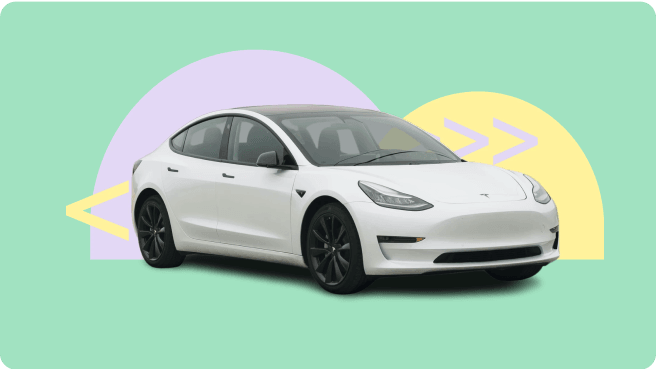

.png)
